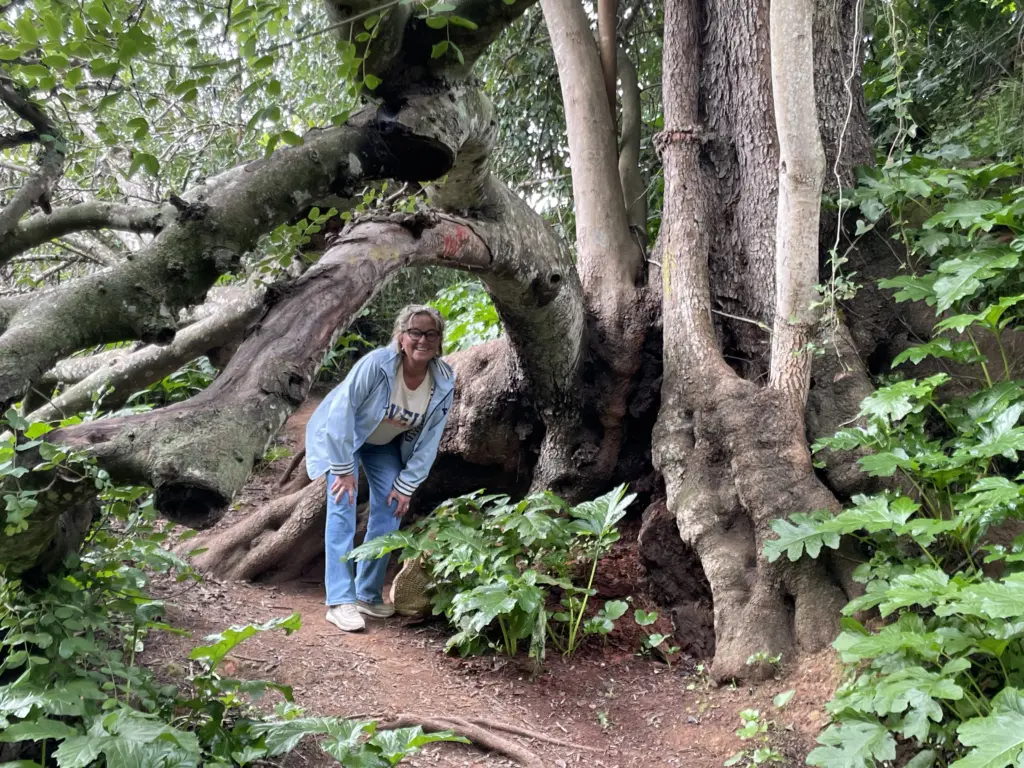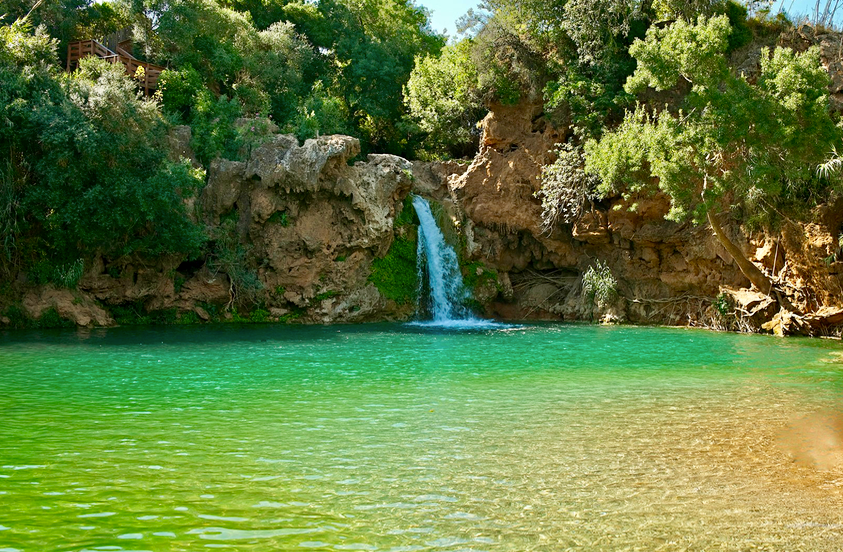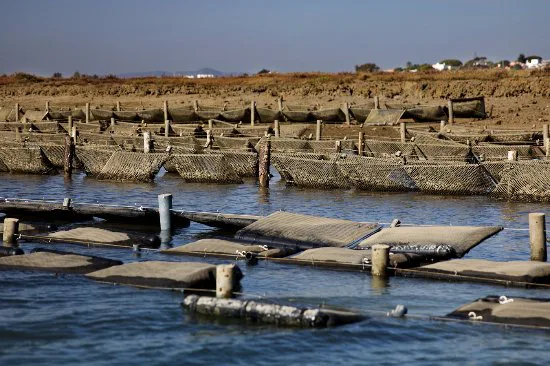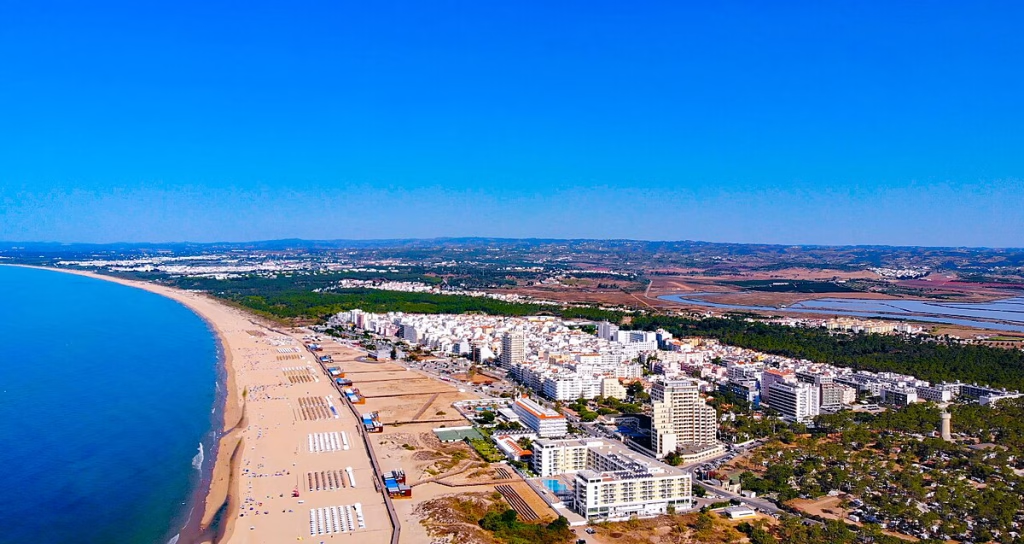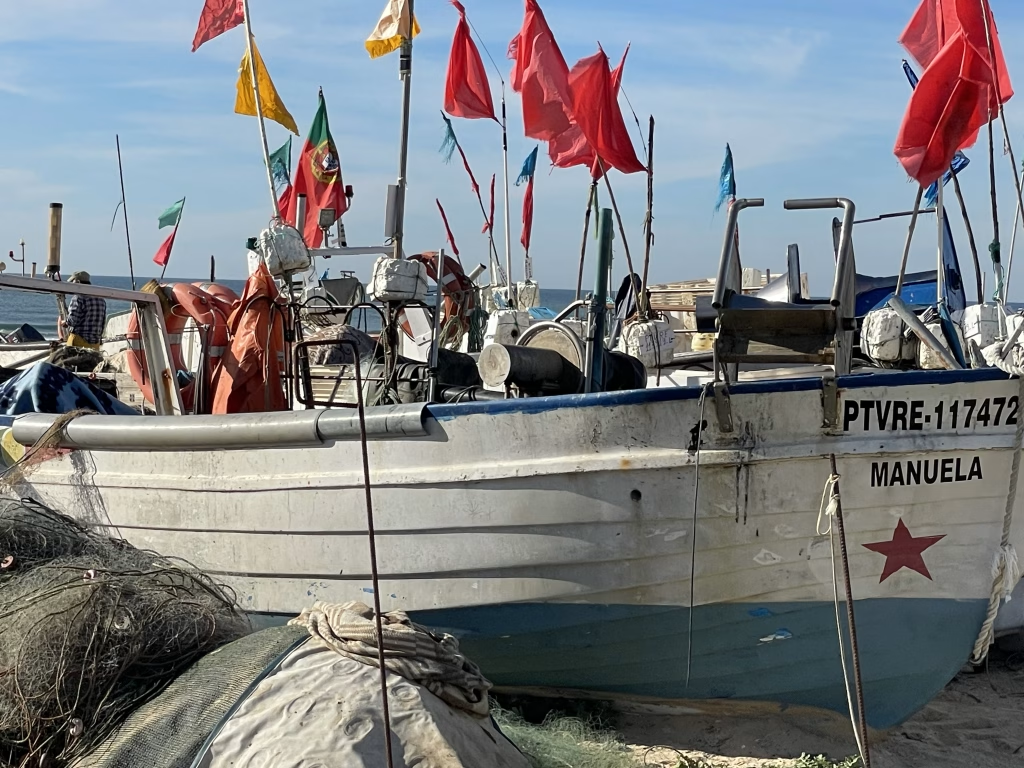Tucked away in the countryside near Tavira lies a slice of nature legend: Pego do Inferno , or “Hell’s Pool.” Once a popular swimming spot, today it’s more of a secret pilgrimage—quiet, wild, and wrapped in mystery.
🏞️ What is Pego do Inferno?
- Located on the Asseca stream in Santo Estêvão , just 7–10 km northwest of Tavira , Pego do Inferno consists of a modest 3‑meter waterfall flowing into an olive-green plunge pool, estimated to be around seven meters deep .
- The falls are part of a trio—including Cascata da Torre and Cascata do Pomarinho —all created by water flowing over calcareous tufa formations along the stream.
🕯️ The Legend Behind the Name
According to local lore, a carriage once plunged into the pool and neither the vehicle nor its passengers were ever recovered . Divers reportedly couldn’t find the lake’s bottom—so it earned the dramatic name, “Hell’s Pool”
Some say hidden underwater passages connect to nearby rivers like the Guadiana or Gilão, though no proof exists beyond storytelling.
🚧 Why It Remains Mostly Closed
- In 2012 , a forest fire swept through the area, destroying the boardwalk, bridge, stairs, and facilities that once made the waterfall easy and safe to visit. The municipality officially closed the area afterward and never rebuilt the infrastructure.
- Since then, efforts to reopen the site under safe conditions have stalled due to drought , lack of water flow, private land negotiations , and priority projects funded by the Recovery and Resilience Plan (PRR).
🧭 Visiting Now: What to Expect
Although officially closed, Pego do Inferno still attracts adventurous locals and holidaymakers who navigate informal paths and dense overgrowth to reach the pool.
Taste Tavira by Annick desribes how to find it.
AllTrails users describe:
- Overgrown trails through bamboo and citrus groves
- Stream crossings becoming impossible in winter or bad rain
- Risky, unclear terrain and degraded trail infrastructure
Tripadvisor reviewers echo concerns:
- In wet seasons, paths are hazardous
- In dry seasons, the waterfall may be reduced to a trickle or a stagnant green pool
- Trash and poor maintenance also worry visitors \.
🗺 Planning Your (Responsible) Visit
If you’re drawn to hidden spots and you’re well-prepared:
| Tip | Notes |
|---|---|
| Footwear | Wear sturdy shoes—trail is uneven and slippery. |
| Waterflow timing | Best after recent rainfall; drought years may leave little to see. |
| Safety | Bring water & snacks, avoid solo visits, and respect “no entry” signs. |
| Timing | Spring and autumn offer the best balance of water and navigable trail. |
| Access routes | Park near Santo Estêvão/Tavira outskirts using GPS and follow local informal directions |
